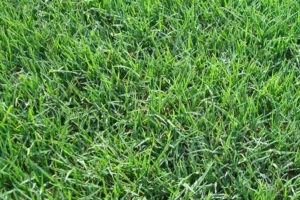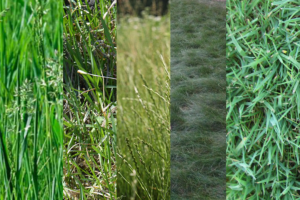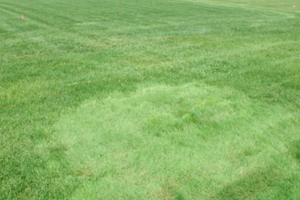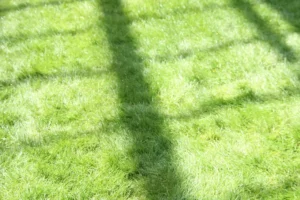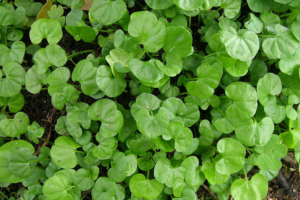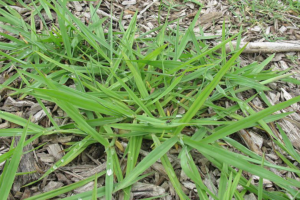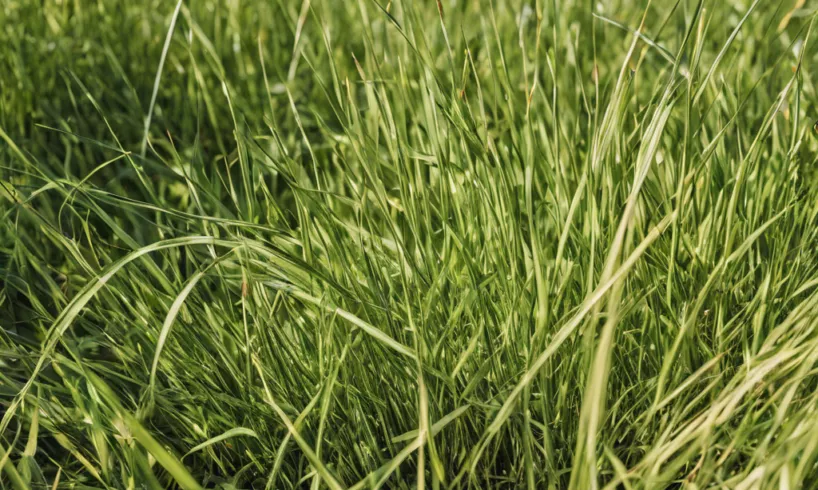
Selecting the right grass for your lawn is crucial if you live in a warmer climate, where Bermuda and St. Augustine are popular choices. Both grasses are robust and effective at choking out weeds, but they thrive in different conditions and require varying levels of care. Bermuda grass is ideal for higher-traffic areas as it is highly durable and recovers quickly from wear. It’s best suited for sunny locations as it requires full sun to thrive and is more drought-tolerant, making it a good choice for areas that experience occasional cold snaps and less frequent rainfall.

On the other hand, St. Augustine grass is better suited for coastal areas with warm, humid climates. It prefers shade over direct sunlight, making it an excellent option for lawns with significant tree cover. St. Augustine is known for its ability to maintain a deep green color and dense texture, which can be visually appealing. However, it requires more water and frequent maintenance to manage thatch buildup, a common issue with this type of grass that can impede water and nutrient penetration if left unchecked.
Sod Installation and Rooting Process
Installing sod is an immediate way to establish a lush lawn, but understanding the rooting process is key to ensuring long-term success. Generally, sod should begin to take root within two weeks of installation, with the establishment completed within four to six weeks. The initial care during this period is critical; the sod needs consistent moisture to encourage root growth without causing saturation, which can lead to root rot or fungal diseases. This is especially true for St. Augustine grass, which has shallower roots and requires careful water management to prevent issues.
For both Bermuda and St. Augustine grasses, the soil preparation before sod installation significantly impacts how well the grass will take root. The soil should be tested and amended as needed to provide the best possible environment for the new sod. This might include adjusting the soil pH to the ideal range for the grass type, adding nutrients, or improving the soil structure to enhance water retention and drainage. Proper preparation can reduce the time it takes for the sod to become fully established and lead to a healthier, more resilient lawn.
Maintenance Tips for a Healthy Lawn
Maintaining a healthy lawn goes beyond regular mowing and watering—it requires an understanding of the specific needs of your chosen grass type. For Bermuda grass, this means ensuring it receives enough sunlight and is mowed at a height that encourages denser growth to outcompete weeds. Bermuda also benefits from regular aeration to relieve soil compaction, allowing oxygen, water, and nutrients to reach the roots more effectively. In contrast, St. Augustine grass requires frequent watering and a higher mowing setting to protect the roots and promote thicker growth.
Both types of grass benefit from a tailored approach to fertilization. Bermuda grass typically needs nitrogen-rich fertilizer to support its rapid growth and greening, while St. Augustine benefits from a balanced fertilizer that supports root and blade development without encouraging excessive thatch.
Pest and disease management is also crucial; both grass types are susceptible to specific pests and diseases that can quickly turn a healthy lawn into a patchwork of brown and green. Implementing an integrated pest management strategy that includes proper identification, cultural controls, and targeted treatments can help keep the lawn healthy and vibrant.
Sustainable Lawn Care Practices
Achieving a sustainable lawn with Bermuda or St. Augustine grass involves careful planning, appropriate selection, and diligent care. Both grass types offer distinct advantages and challenges, but with the right knowledge and tools, homeowners can enjoy a vibrant, healthy lawn that enhances their outdoor living space.
Regular soil testing, proper irrigation practices, and appropriate fertilization schedules are essential to sustain the health of the lawn. By understanding and addressing the specific needs of their chosen grass type, homeowners can ensure their lawns remain a beautiful and functional part of their homes for years to come.

Bob Green, a passionate lawn care enthusiast with over two decades of landscaping experience, is this website’s proud owner. His vast knowledge of horticulture and dedication to helping homeowners maintain beautiful lawns are reflected in the valuable content he shares on his platform. John has always been interested in Agrostology.








